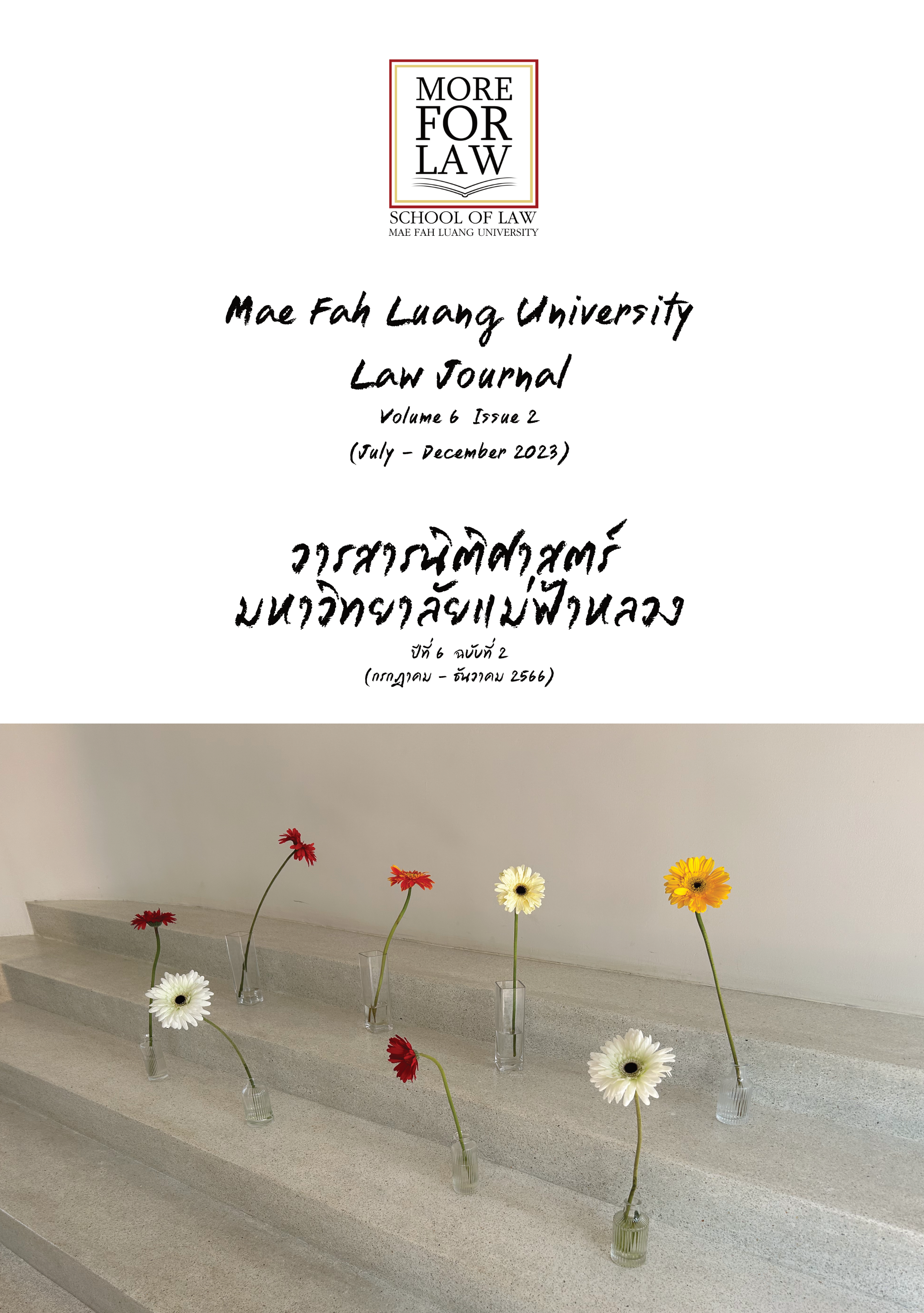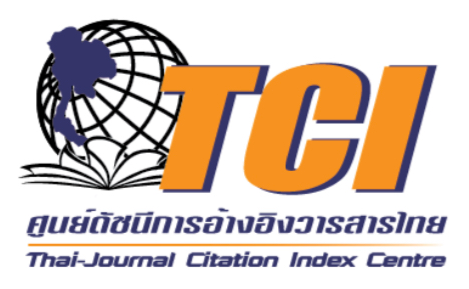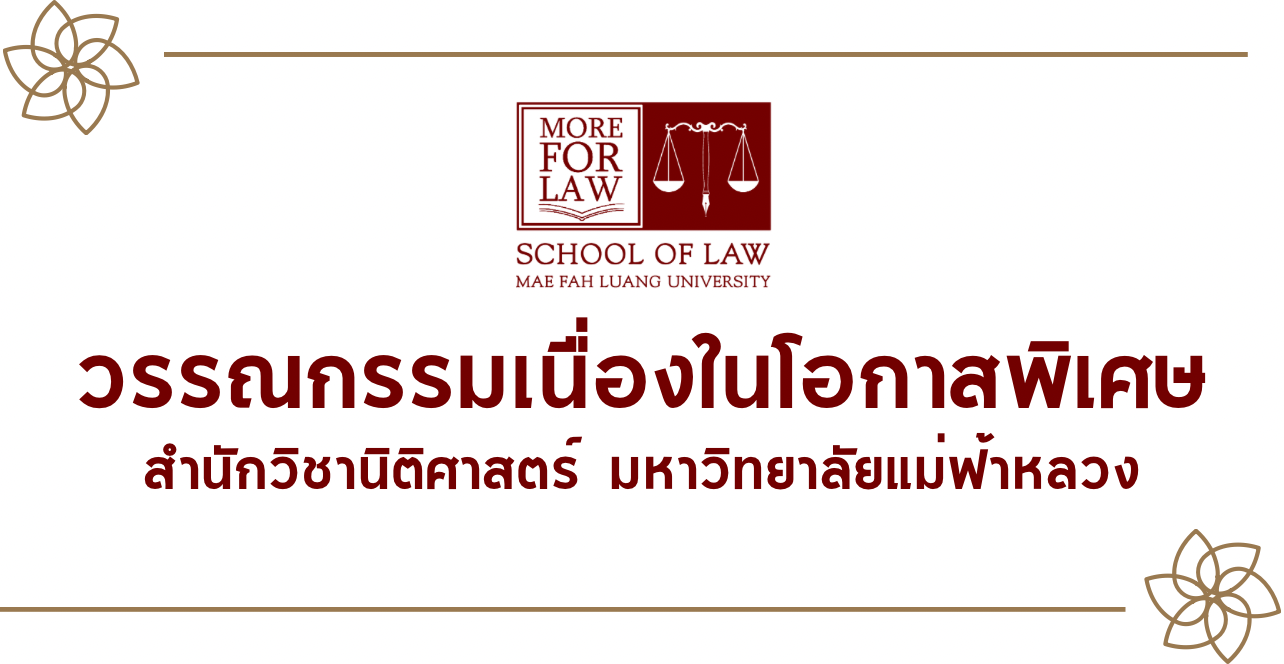Virtual Competition: The Promise and Perils of the Algorithm-Driven Economy
DOI:
https://doi.org/10.14456/mfulj.2023.16Keywords:
Competition Law, Anti-Competition, Pricing Algorithms, Price DiscriminationAbstract
“Virtual competition: The promise and perils of the algorithm-driven economy” is written by Ariel Ezrachi and Maurice E. Stucke. This book is an integration in the realm of Competition Law and Personal Data Protection Law by raising timely questions as well as illustrating useful cases from two sides of Atlantic, in the United States and Europe. In details, this book compares the collusion scenarios from a traditional business, like brick-and-mortar that offers products and services to its customers face-to-face, to new business models where the new forms of collusions are established and beyond the reach of competition law. This book also provides readers caveat of how powerful firms operate their businesses and maximise their profits while regardless of our personal data safeguards. Another interesting question was raised in the book is to what extent the invisible hand theory of Adam Smith is still at work in the digital world. Finally, suggestions, especially to law enforcers, are introduced by the authors in order to prevent or deter anti-competition. Therefore, this book is suitable for those who are interested in competition in the world of technology, and related agencies in dealing with the problems arising from the relentless development of technology affecting competition. These include economists, judges, Competition Commission, Personal Data Protection Committee, encompassing law enforcement agencies. Ultimately, the government plays a huge role in regulating fair competition policies.
Downloads
Downloads
Published
How to Cite
Issue
Section
License
Copyright (c) 2023 Mae Fah Luang University Law Journal

This work is licensed under a Creative Commons Attribution-NonCommercial-NoDerivatives 4.0 International License.





